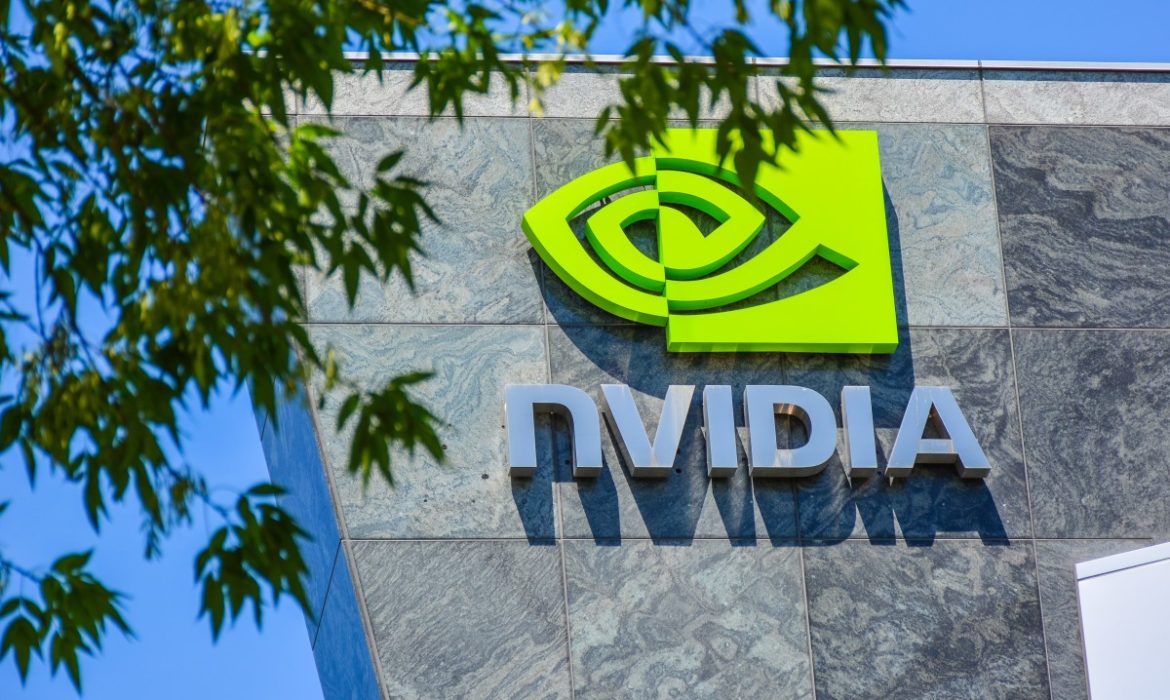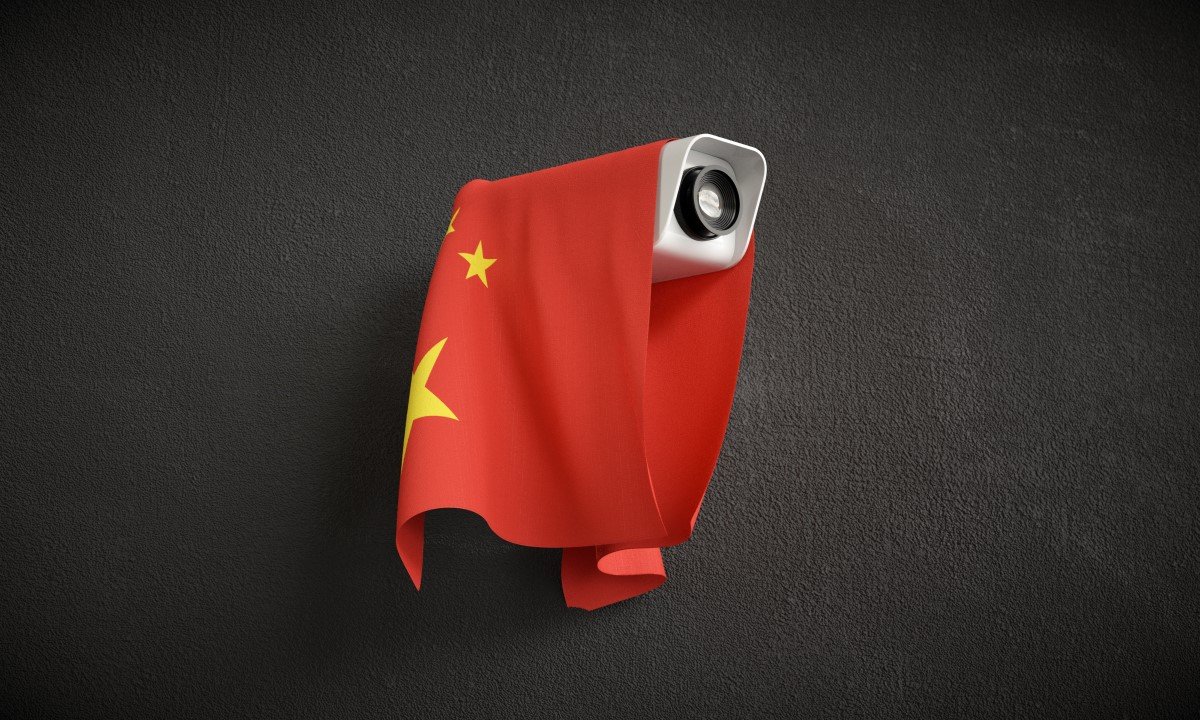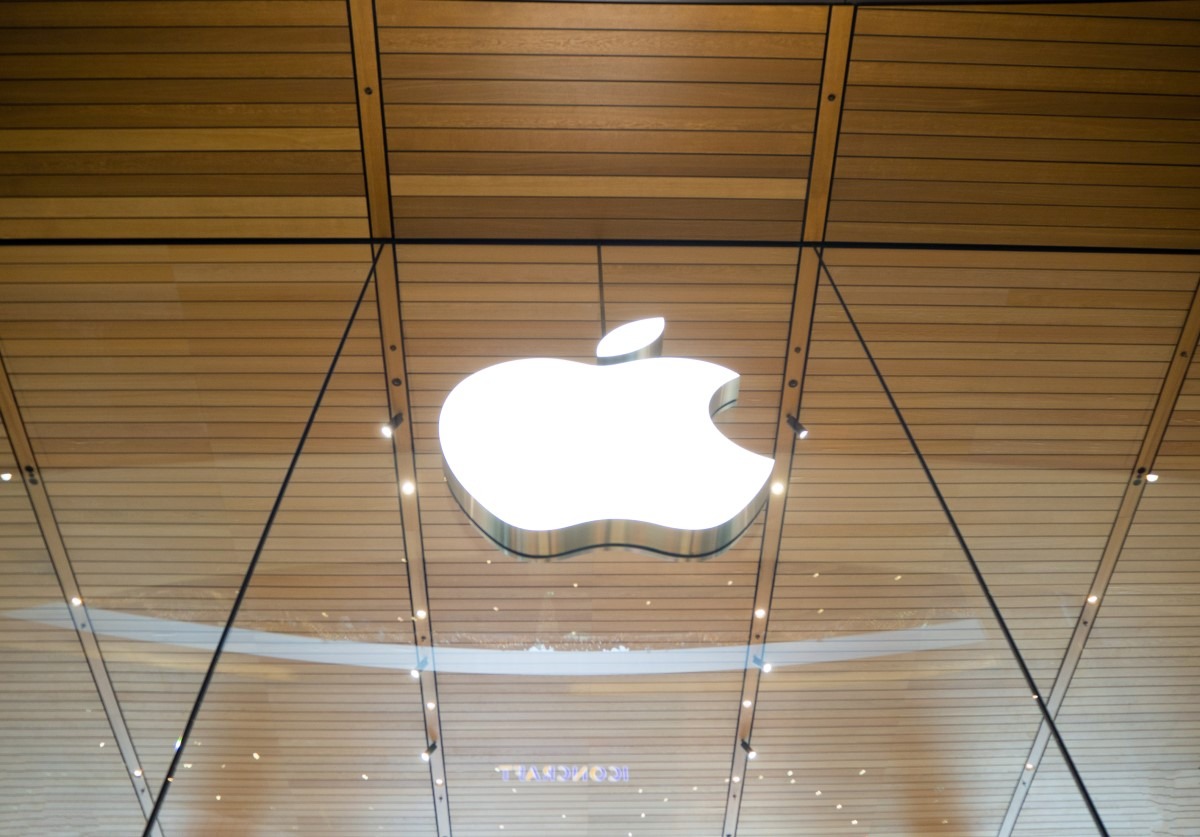In artificial intelligence, inferencing will be the biggest driver of growth.
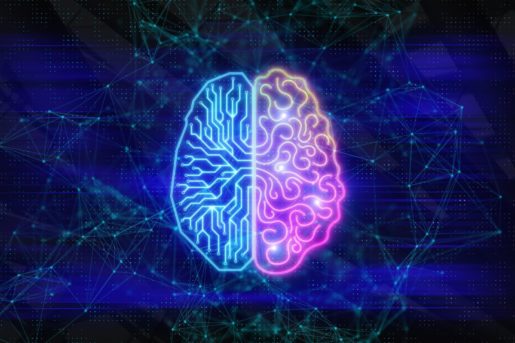
The primary tasks of AI are to train and inference. The training is a data-intensive process for preparing AI models for production applications. It ensures that the AI model can perform designated inferencing tasks accurately. Their performance is in an automated fashion, for example, understanding human speech or recognizing faces.
Inferencing, a big business, is becoming the biggest driver of growth in AI. The AI’s opportunity to inference hardware in the data center will be twice that of AI training hardware by 2025. McKinsey forecasts $4 billion to $5 billion today versus $9 billion to $10 billion in 2025. The market for inferencing will be three times larger for training in edge device deployments in 2025.
According to Tractica forecasts the market for deep-learning chipsets will increase from $1.6 billion in 2017 to $66.3 billion by 2025, for the overall artificial intelligence market.
Additionally, Nvidia NVDA, -3.46% will probably realize better-than-expected growth by its early lead in artificial inferencing hardware accelerator chips. The point will probably last for at least the next two years, acknowledging the fact the company’s current product mix and positioning and industry growth.
The predominant chip architecture for both inferencing and training is used in cloud- and server-based applications of deep learning, machine learning and natural language processing, GPU, or the graphics processing unit. A GPU is initially for gaming. The programmable processor design ensures quick video rendering and high-resolution images.
Nvidia’s most significant competitive vulnerability and biggest strength lie in its core chipset technology. Its GPU is optimized mainly for high speed, high-volume training of AI models. Moreover, GPUs mainly inference in most server-based machine learning applications. GPU technology is a crucial competitive differentiation in the artificial intelligence inferencing market.
NVIDIA’s Progress in Artificial Intelligence Market
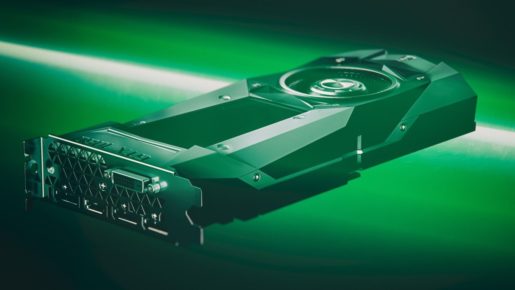
Top four clouds deployed in May 2019 Nvidia GPUs in 97.4% of their infrastructure-as-a-service compute instance types with dedicated accelerators, estimated Liftr Cloud Insights.
For edge-based inferencing, CPUs are ruling, while GPUs have a stronghold on training and much of the server-based inference.
A CPU is the brain of the computer. A GPU is a specialized microprocessor, that the difference between CPU and GPU. While the GPU can handle a few tasks very quickly, a CPU can handle multiple tasks. CPUs are dominating in adoption. McKinsey projects that CPUs will account for 50% for artificial intelligence demand in 2025, with ASICs. They are the custom chips designed for particular activities at 40%, and GPUs and other architectures are picking up the rest.
The much larger opportunity resides in the components optimized for deployment in edge services. But it has its work cut out to augment or enhance its current offering with lower-cost, specialty chips of artificial intelligence to address that crucial part of the market.
Nvidia enhances its technology of GPU to close the performance gap with other chip architectures. The recent release of the artificial intelligence industry benchmarks shows Nvidia technology setting new records in both inferencing and training performance.
Most probably Nvidia will dominate the main part of the artificial intelligence market for at least the next two years.


